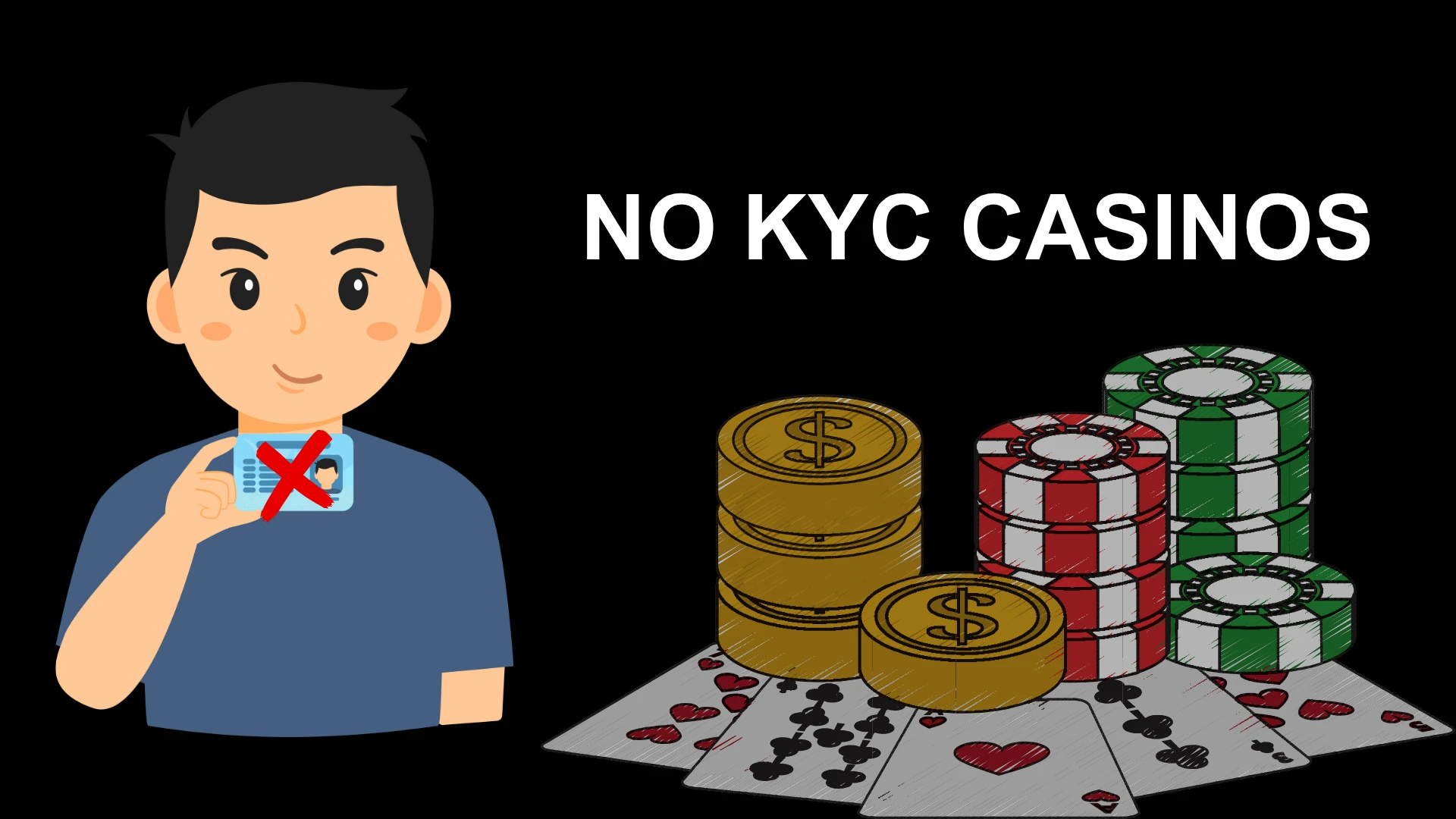Texas Holdem, Hold 'em, Texas hold 'em, and even - wait for it - Holdem, is a poker variant of poker where two cards (known as hole cards) are dealt to each player face down and five community cards are then dealt face up.
Throughout this article, we’ll give you a detailed overview of 'prince' of online casinos - Texas Holdem poker. It’s time to go all in.

Game Objective
The objective in Texas Holdem is to win the pot. There are two ways to do this:
1. Make the other players fold through strategy and/or technique
2. Make the best five-card hand at showdown. This could be any combination of either one or two of your hole cards combined with the five community cards
What makes Texas Holdem the most exciting game in the universe is its simple complexity. The classic Texas Holdem adage goes like this: ‘Moments to learn, a lifetime to master’. There really is no better explanation of the paradoxical nature of Texas Holdem. Also, It’s a hell of a lot of fun.
While poker games are adrenaline-filled due to the suspense built upon each betting round - as we’ve mentioned - it can be challenging to master Texas Holdem.
Whether you're a master of the game or new to this particular poker variant, this guide will provide all the information needed to understand the game of Texas Hold'em.
pros
- The game is fast, and you can play as many online tables as you like (or find possible)
- You can play online Texas Holdem from the comfort of your home
- It helps you develop mathematical skills
cons
- There are a lot of very experienced and skillful players online
- You may have to wait a long time for players to make decisions
- You may sustain losses over an extended period, so a considerable bankroll is required
Texas Holdem Terms
Before we dive into the rules of Texas Holdem, there are a few terms you need to familiarize yourself with.
- Dealer: a dealer (sometimes called a croupier) is tasked with facilitating gameplay
- Hole cards: the first two cards dealt to each player face down
- Community cards: these five cards are dealt face up, visible to all players
- Dealer button: a marker to indicate where the cards are dealt from
- Preflop: the action before the flop (the first three community cards). Everything that occurs before the flop is known as preflop action
- Flop: the first three community cards dealt to players.
- Turn: this is the fourth community card dealt to players. It's also called the fourth street
- River: the final community card dealt; in the Texas Holdem, this is the 5th card dealt.
- Blinds: bets placed before the cards are dealt to players. Blinds are mandatory bets placed to stimulate the game. In Texas Holdem, you have the small blind and big blind. The big blind is twice the value of the small blind
- All-in: to put all your chips in the pot
- Showdown: the showdown is when players reveal their hands to decide the winner of a hand
Variations of Texas Holdem
There are three main variations to the game of hold'em: No-limit Holdem (the most popular), Limit Holdem, and Pot-limit Holdem. Each variation follows the same basic rule of play. However, the amount you can raise will vary.
No-limit Holdem
As the name suggests, 'No-limit Holdem' offers an infinite threshold of betting, which means players can go all-in (to bet all of their chips).
The Basic Rules of No Limit Hold'em
- Players can bet as many chips as they have in their possession
- The minimum raise is equivalent to twice the amount of the previous bet or raise
- If a player wishes to re-raise (raise again), it must be at least twice the amount of the previous raise
- There's no cap on the number of raises allowed
In order words, No-limit Hold'em gives participating players more room to be creative with their chips with the sole aim of winning the pot.
Limit Hold'em
Again, the rules for betting and raising are indicated by the name 'limit,' which means they’re predetermined and structured betting amounts set for each round.
The Basic Rules of Limit Holdem
- Bets and raises are equivalent to the big blind in the pre-flop and post-flop betting rounds
- Bets and raises double when it gets to the turn and river betting rounds
- In Limit Hold 'em, only four bets are allowed per betting round in the order (1) bet, (2) raise, (3) re-raise, and (4) final raise (cap)
Pot limit
A slightly different concept is offered up in Pot-limit Holdem, where players can bet an amount equal to what there is in the pot.
The Basic Rules of Pot Limit Holdem
- The minimum bet is the size of the big blind
- Players can only bet as much as there is in the pot
- Minimum raises must be a minimum of twice the preceding bet
- The maximum raise allowed in Pot-limit Hold'em is the size of the pot
- Raising cap isn't fixed in Pot-limit Holdem
Texas Holdem: the Basics
Like every poker game, there are rules every player must follow. Here are a few notable Texas Holdem rules to keep in mind.
Pre-Flop Betting Round: Hole Cards
Texas Holdem game contains four betting rounds, the first being pre-flop.
The player closest to the left of the dealer button places a forced bet known as a small blind, and the next player moving in a clockwise direction must make a forced bet known as the big blind. This is double the amount of the big blind.
At this point, the dealer deals two cards, known as hole cards or pocket cards, face down to each player, and the card dealing starts from the player nearest to the left of the dealer button and moves in a clockwise direction.
The card dealing continues until every player has two hole cards which they can, at this point, choose to look at (some players may not look at their cards which is known as ‘playing blind’). Once this has been completed, the first betting round begins, and the action starts with the player directly to the left of the big blind.
Participating players have the option to call, raise, or fold.
Community Cards
As earlier stated, five community cards (also known as the board) are dealt face-up. These cards are placed in the center of the table, and every player is free to use any card from the board to complete their best five-card hand.
Community cards are dealt in three stages. Let’s take a closer look.
1. The Flop
These are the first three community cards dealt to players. The second betting round starts, and every player has three community cards (the flop) face up. Texas Holdem rules state that the player to the left of the dealer button starts, and the playing action follows the same direction as the previous betting round.
Betting Options
- Fold: this act shows that a player is no longer interested in participating in the hand, and basically bins their cards.
Whenever a player does this either pre-flop, flop, turn, or during the river betting stages, it means they're no longer going to participate in that hand. The player is excluded from the rest of the hand.
To do this, players pass their cards face down to the poker dealer, who then picks the cards and puts them in the muck (the card pile of folded cards).
- Call: matching a bet or raise.
For example, if player A bets, and Player B calls (Matching player A’s bet), the next to act is player C. Calling a bet in Texas Holdem is an option that every player has other than folding, raising, or checking.
- Raise: by raising, a player increases the value of their bet. The minimum amount to raise is twice the amount of the preceding bet.
Raising is an incredibly useful strategy in Texas Holdem, as it can force a player to fold if they cannot match the raise or they feel their hand is of a lower value than that of the raiser’s. The next player can either call, fold, or re-raise.
Also, there's no option to check (more on checking shortly) as the betting has already opened.
- Check: checking involves not putting any money into the pot while keeping their cards.
A player can only check if there is no preceding bet and can only occur during the second round of betting onwards.
A Few Important Things to Note:
- If every player participating in the round decides to check, the play moves to the next betting round.
- If every player calls, the play progresses to the next betting round.
2. The Turn
During this stage, the fourth community card (the turn) is dealt. The dealer deals the fourth community card to every player face up, and the third betting round commences. Just like during the previous round, players have the option to check, bet, raise, or fold.
If all but one player folds, the player remaining wins the pot without it progressing to the river round of betting. However, if all but two players decide to fold, the play moves on to the next betting round, the river.
3. The River
The river is the final betting round, and the river card is dealt face up. This round plays a vital role in the overall outcome of the game. In Texas Holdem, there are four rounds of betting. As such, if a winner doesn't emerge from a call, fold, or check, then the remaining players move on to a showdown.
If only one player is left at the end of this round, they win the pot without having to show their cards. However, if more than one player remains after the final round of betting, they must show their cards and the best five-card hand wins the pot.
In Texas Holdem, there are situations where two players will end up with their best five-card hands of equal value. In such cases, the pot is split between both players.
Following the end of the hand, a new hand starts immediately.
Texas Holdem Poker Hand Rankings
Poker hand ranking systems play a vital role in determining the strength of the cards you are in possession of.
Here’s a breakdown of the poker hand ranking in Texas Holdem, from the strongest to the weakest.
Royal Flush
The royal flush in Texas Holdem is the best possible hand a player can have, and consists of five consecutive cards of the same suit from 10 to ace.
Straight Flush
A straight flush is any five cards of consecutive value of the same suit.
Four of a Kind
Four of a kind is where you hold four cards of the same value, for example, four aces.
Full House
A full house comprises three of a kind (three cards of the same value) and a pair.
Often, there may be situations where more than one player holds a full house. In such a betting round, the winner is the player with the highest three of a kind.
Flush
A flush comprises five cards of the same suit in any order. Again, when more than one player has a flush, the player with the highest card wins the hand.
Straight
A straight is five cards of consecutive values of different suits.
Three of a Kind
Three of a kind - as the name suggests - is three cards of equal value.
Two Pair
Two pair is when a player holds two pairs of cards of equal value.
Pair
A pair is two matching cards of the same value.
High card
This is the lowest ranking card in poker hand rankings. A high card can be of any value but will be - drum roll please - the highest card of any given hand.
Playing Texas Hold'em Online
Online Texas Holdem and other poker games give you the freedom to play from the comfort of your home rather than in a live environment where players can physically see the reactions of their opponents and make decisions based on visual cues.
Some distinct benefits come with playing Texas Hold'em poker online; one huge advantage is that games are faster. For example, a regular live no-limit Texas Holdem game involves 30 gaming hands per hour. Whereas, playing online should see that figure easily double, thereby giving more hands to win (or lose!) per hour

Tips for Playing Texas Holdem Online
Like every other poker variant, Texas Holdem requires strategies and mastery as it’s not just a game of chance. You can never be over-prepared if you intend to play for real money, which is why you should consider the following.
Choose the Correct Starting Hands
The hole cards you choose to start the game in Texas Hold'em are crucial. The number of players in each hand will also dictate the kinds of viable starting hands - the fewer the players, the lower value hole cards with which you can expect to win a hand.
Bet Amounts
For no-limit games, players are permitted to bet whatever they have in front of them, and this freedom can often see players get into hot water. So, betting amounts is one of the most critical topics of Texas Hold'em.
Bet Sizing - Pre-Flop
An excellent way to size your bets correctly is to attentively follow what's happening at your table. If the basic pre-flop raise is 2x the big blind, as an amateur, this is the line you should follow.
It could backfire if you try to play smart and raise an odd amount. Your bet size has to make sense to your opponents. That said, there are professional players that will bet or raise a non-standard amount to intentionally cause confusion.
Bet Sizing - Post-Flop
If you’re the raiser pre-flop, then a c-bet (continuation bet, after a pre-flop raise) is almost unavoidable. You should place your c-bet within a range of 50% - 70% of the pot. The size of your bet will help establish how much you should bet. This is particularly true when playing at the lower levels. Most unskilled players will see a big c-bet as strength. You will often be able to take down the pot, even if you’ve hit the flop or not.
If you bet a small amount, you could end up facing a raise or a check-raise. You could also bet too big and find yourself pot-committed to a hand that will likely lose.
Bet Sizing - Bluffs
Bluffing - along with having a poker face - is one of the most over-emphasized and inaccurate gameplay representations in poker. Bluffing should be kept to a minimum as any player that’s caught over bluffing will usually be called out sooner or later.
Bet Sizing - Value
A successful Hold'em player makes very few bet sizing errors. Of course, you aren't allowed to see your opponent's cards before gauging the size of your bets. By using all the information you have on an opponent and the knowledge of how the hand was played, you'll hopefully be able to deduce the correct amount to bet.
Avoid Limping
Some of the best online poker players tend to raise whenever they’re the first to enter the pot. When a player enters a pot through calling rather than raising, that's known as limping. If someone else has open-raised, a limper would likely call that raise.
Reasons Why Limping is Bad
- When you decide to limp in a late position, you're giving the blinds an easy pass to see the flop for cheap, with potentially mediocre hands
- You'll likely find yourself post-flop facing several opponents with a pretty modest hand when you limp into a pot
- Whenever the action has been folded to you, the best play is to either raise or fold - the act of raising controls the hand and puts any caller on the defensive immediately. Great players tend to attack limpers because they see them as weak - and in most cases, they're usually right.
Avoid the limping like the plague, unless you're in a multi-way pot for cheap.

Fold if You’re Unsure
If you intend to play Texas Hold'em successfully, you need to learn when to fold. Doing this right allows you to protect your chances of winning without bluffing with a weak hand.
Texas Hold’em is a game of wagering with imperfect information, so always be ready to fold your hand if you feel it’s inadequate. The game's dynamic is that you don't know what your opponent is holding, so you should fold when you’re relatively sure the game's outcome won't be in your favor.
Play Games You Can Win
Playing Texas Hold'em well requires experience and strategy. You can spot a good table by identifying the hesitation or lack of depth in your opponents’ play. Going for a table where your opponents are less experienced in the game is always an added advantage to a player.
Takeaway
Texas Holdem can be a fun and exciting game which can be found at all the best online poker sites. Being one of the easiest poker games to learn, it isn't surprising why most poker players choose this poker variant over others.
The aim here is a simple one: make the five best card hands or win the pot when every other player folds. However, when playing with stronger opponents, things can get pretty heated. Your best bet? Always choose a table of fish (inexperienced players) over players who know their stuff.
FAQ
Should I play limit or no-limit Texas Holdem?
Choosing between either Texas Holdem game ultimately comes down to personal preference. No-limit Texas Holdem provides room for more flexibility and creativity. For example, players can go all-in in no-limit Texas Holdem if they believe their opponent has a weaker hand. Consequently, players can re-raise in anticipation that their opponents will see this as a bluff.
What is the best position in a game of Hold 'em?
The best position in the game of Texas Holdem is the button. Being the last player to commit to the pot is a good seat because being on the button brings the liberty to watch other players make their decisions before they make theirs. This way, they can act with more information.
Are there online resources that I can use to learn the tactics of playing Texas Holdem?
Texas Holdem is generally easy to learn, and the terms are also not much of a challenge to master. However, if you still find yourself staring at a particular Holdem term trying to figure out what it means, you should go through our detailed article on Texas Holdem. This will further help you with tips and tricks and the possibility of taking down some pretty tasty wins.

I am a full-time Sportsbook and Casino Content Writer, who has years of industry knowledge, covering a broad range of different sports and casinos. If I don't know about it, it's not worth knowing!
You might be interested in

Best Casino Welcome Bonuses
Reviews of the best casino welcome bonuses. Sign up to claim the juicy online casino bonuses. Play for free.

No KYC Casinos
Discover the best no KYC casinos where you can play anonymously without ID checks. Learn how no verification casinos works.

No Account Casinos
Discover the ease of no account/no registration casinos. Enjoy instant play without lengthy sign-ups. US & UK players can access these top-notch casinos.
























